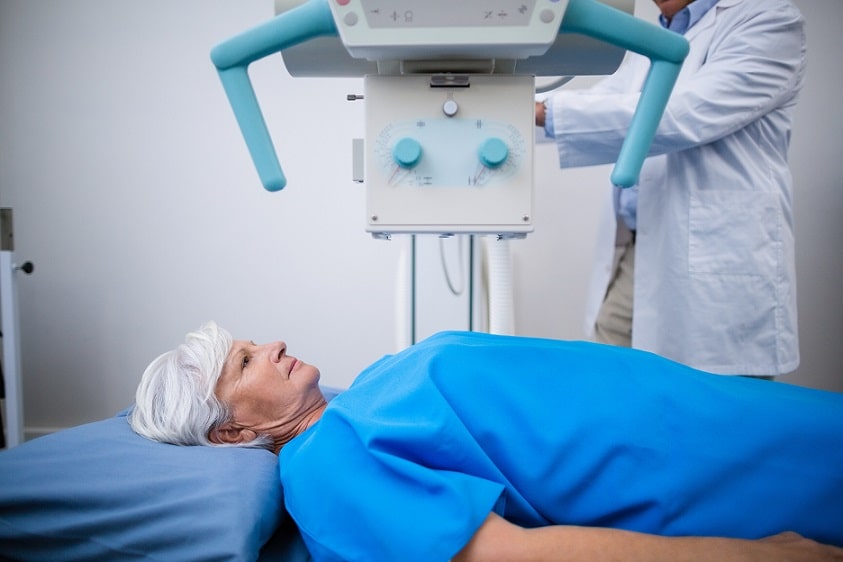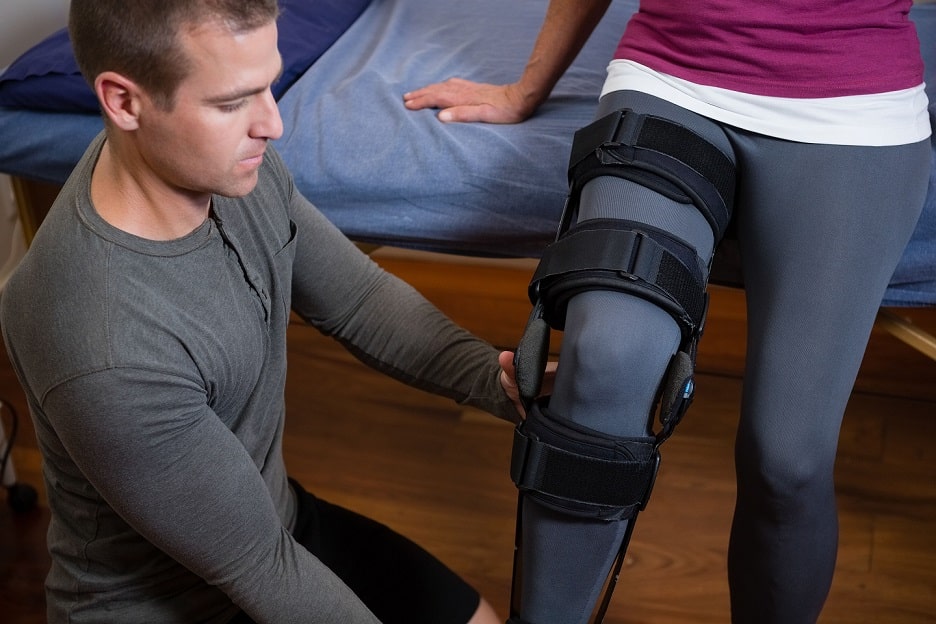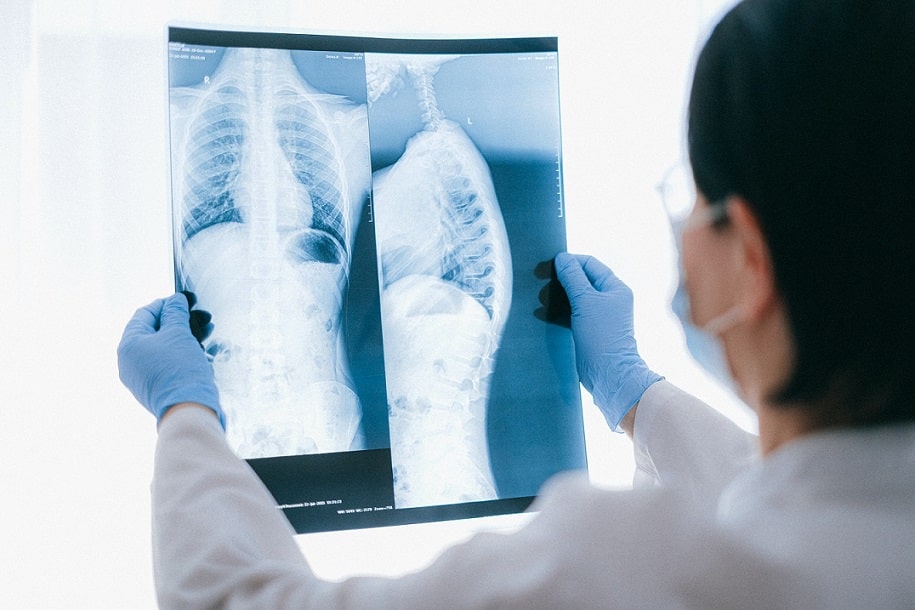 We all use equipment at work – ranging from the trusty pen in the office, to a pneumatic drill on a building site. With any work equipment that is potentially dangerous, there are health and safety rules and regulations that you and your employer need to abide by in order to prevent an accident at work occurring.
We all use equipment at work – ranging from the trusty pen in the office, to a pneumatic drill on a building site. With any work equipment that is potentially dangerous, there are health and safety rules and regulations that you and your employer need to abide by in order to prevent an accident at work occurring.
If you are injured due to work equipment provided to you by your employer, you may have a claim for compensation.
There are several areas this covers –
- The provision of suitable work equipment where necessary
- The regular inspection and maintenance of work equipment you use – which ranges from handled tools to factory machinery
- The replacement of any outdated or overly used equipment
- Training in how to use work equipment safely
To keep this simple, lets theme our work equipment on building sites and factories.
You may be provided with drills, general handheld tools, ladders, scaffolding etc. If you need to do something on the site that requires equipment, your employer must provide you with this. If you need to work on the roof of a building, you cannot be expected to scale up and down it for hours on end – scaffolding is required.
If you receive equipment, you should be properly trained in its use. If you are provided with a saw or a drill for example, you should be provided with clear and recorded training and instructions on how to use them safely. To a professional, this may sound daft – but to someone unqualified, just starting out in this sort of career,how are they meant to know how to use the equipment safely?
Any equipment provided to you must be regularly inspected, maintained, and replaced when necessary. Inspections can prevent any problems occurring, and maintenance will rectify and known problems. There of course always comes a point where something is simply too old or too used to carry on – your employers must replace it.
The equipment itself must be safe and free of any potential dangers. To name an obvious example – factory machinery. If you use factory machinery – say, a conveyer belt that stamps your company label on to a product, you should be fully trained in how to use the machinery safely, numerous and accessible “emergency stop buttons” must be working and available, you should not be able to access any dangerous parts of the machinery inadvertently (normally your employers must use guards to prevent access), and you must never have to do anything that can put your health and safety at risk.
Probably a major cause of work accidents involving equipment is down to employers being too careless when it comes to procedures and training. If machinery has to be accessed, you should be fully trained in how to carry out such a procedure safely. The machinery should have all power cut from it to prevent the possibility of it starting, and dangerous parts or sections should not be accessed.
Proper health and safety training should take place so you are confident and comfortable with using work equipment. On the job shadowing is not always sufficient –particularly when it comes to potentially dangerous equipment. Employers often don’t seem to grasp this, and employees are unaware.
Your employer should know the health and safety rules and regulations in place, and it is their duty to ensure they are adhered to.
If you are injured at work because your employer failed in the duty of care they have to ensure their employees are safe in the workplace you may have a claim for compensation. Your employer has a legal duty to have an employer’s liability insurance in place to cover their employees for work accidents – so don’t worry, you’re covered; and your employment cannot be adversely affected due to claiming.
For more information, feel free to get in touch.

 We all use equipment at work – ranging from the trusty pen in the office, to a pneumatic drill on a building site. With any work equipment that is potentially dangerous, there are health and safety rules and regulations that you and your employer need to abide by in order to prevent an
We all use equipment at work – ranging from the trusty pen in the office, to a pneumatic drill on a building site. With any work equipment that is potentially dangerous, there are health and safety rules and regulations that you and your employer need to abide by in order to prevent an 









